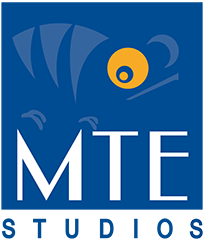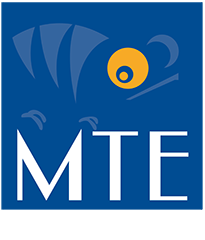The MOSTI museum celebrates the achievements of famous scholars and scientists during the Golden Age of Islam from 650 to 1650 AD.
From start to finish, MTE Studios researched, conceptualized, designed, fabricated and commissioned the museum, all galleries and exhibits as a turnkey solution. To create a authentic experience MTE Studio’s content development team collaborated with a number of international scholars and professors to guarantee historic accuracy.
HIGHLIGHTS
The museum has been created along 10 different themes being:
Medicine
Fine technology
Water raising
Chemistry
Astronomy
Ingenious engineering trick devices
Art
Architecture and town planning
Mathematics
Historical timeline
ELEPHANT WATER CLOCK
The Elephant Water Clock is an iconic example of one of al-Jazari’s masterpieces of fine technology. The clock is a working recreation, based on the manuscripts and drawings left behind by the celebrated engineer.
WATER-RAISING DEVICES
This dynamic scale model display depicts five famous water-raising devices made by Muslim engineers. All the models work, using real water, and are activated via small touch screens, each displaying elegant 3-D animations explaining how the devices work.
INTERACTIVE TIMELINE TABLE
The interactive multi-touch table provides a comprehensive overview of the development of Islamic science and technology from 650 to 1650. Visitors can browse the content by touching dates along the timeline, which opens images, text and videos.
CHEMISTRY OBJECT THEATRE
The dramatic story of Islamic contributions to the development of chemistry is told through the lives of three famous scholars. The story is told in a reconstruction of an ancient chemistry laboratory. Video projections, life size virtual characters, special effects and props are synchronized together into a captivating show, bringing the story to life.
HUMAN HEALTH TOUCH WALL
A digital touch screen depicts a 3-D diagram of the human body. Visitors can move a virtual magnifying glass over the body, to highlight particular organs or biological systems. Pop-up windows appear to highlight the various contributions made by Muslim physicians, respective to each part of the body.
SLIDING PLASMA SCREEN
This plasma screen display describes the twelve main reasons why Islamic science and technology flourished. Visitors slide the screen sideways over a large wall graphic, while sensors update information on the screen to display different texts and illustrations to describe each point.
IBN BATTUTA GAME
Visitors can follow in the footsteps of the renowned Moroccan traveller, Ibn Battuta, by playing this fun and engaging touch screen game. The challenge is to complete the journey across an animated world map, while pop-up quizzes test your knowledge about cities and life in the middle ages along the way.

